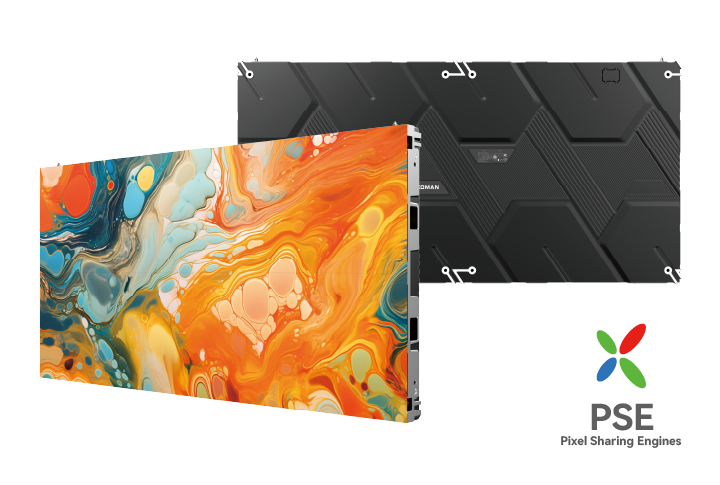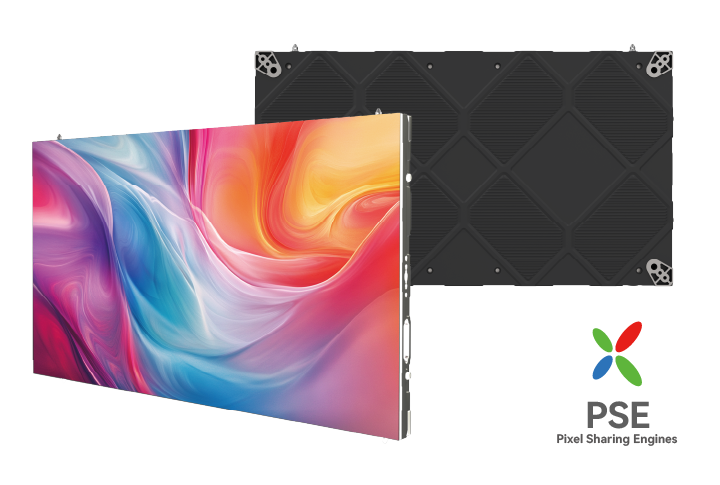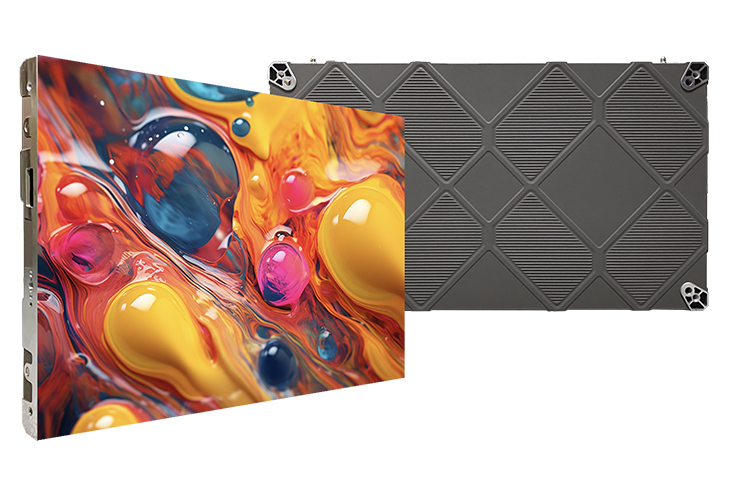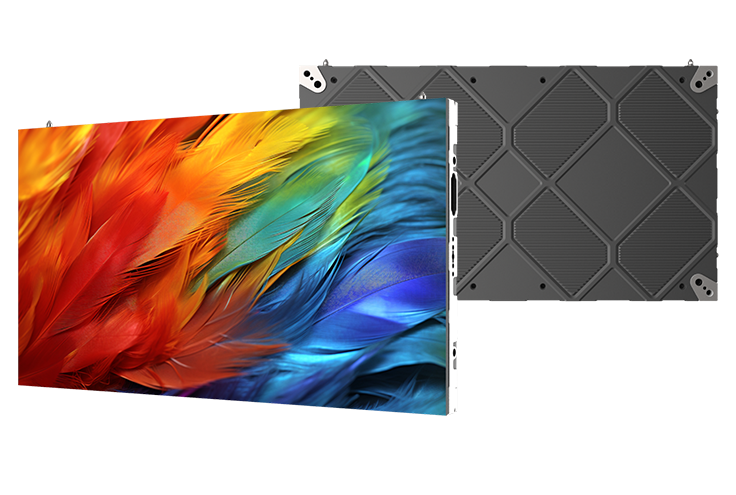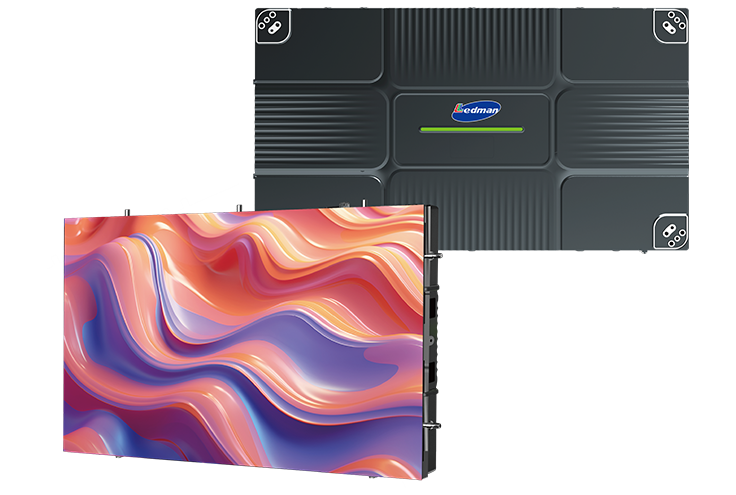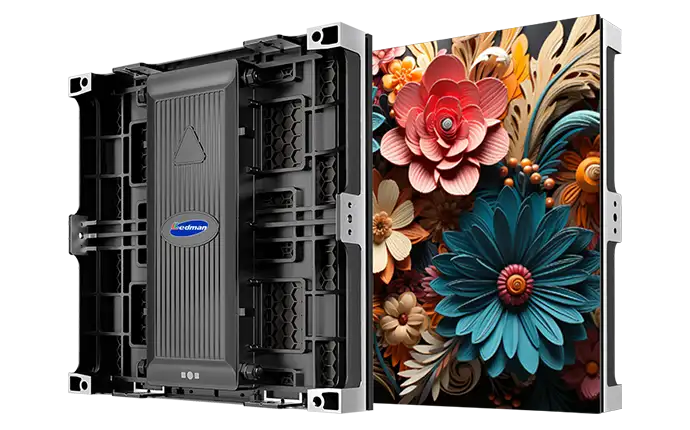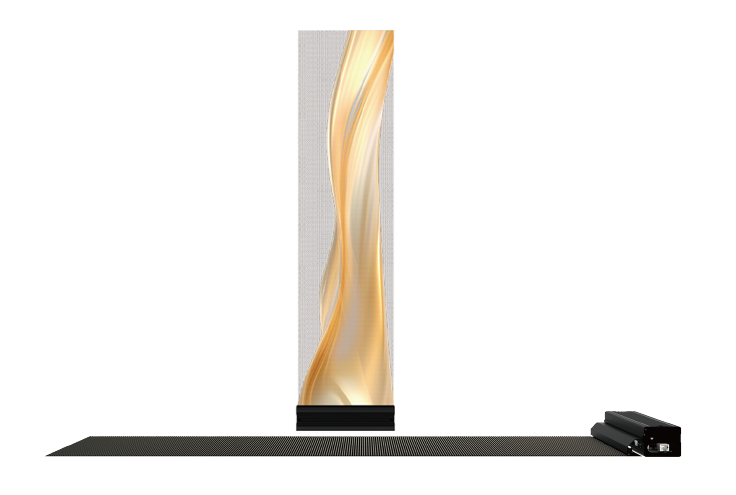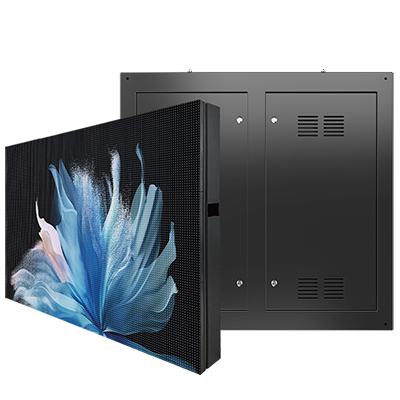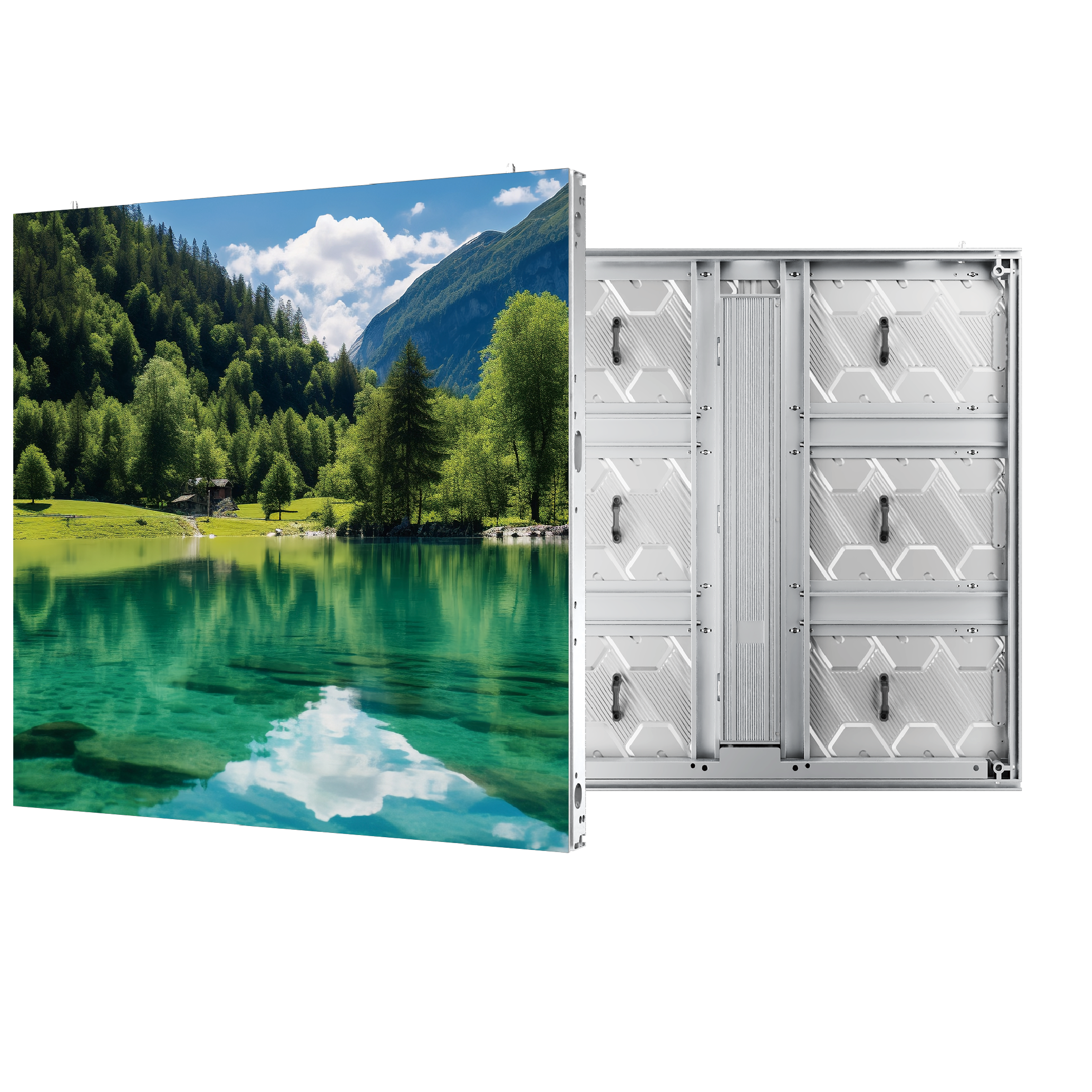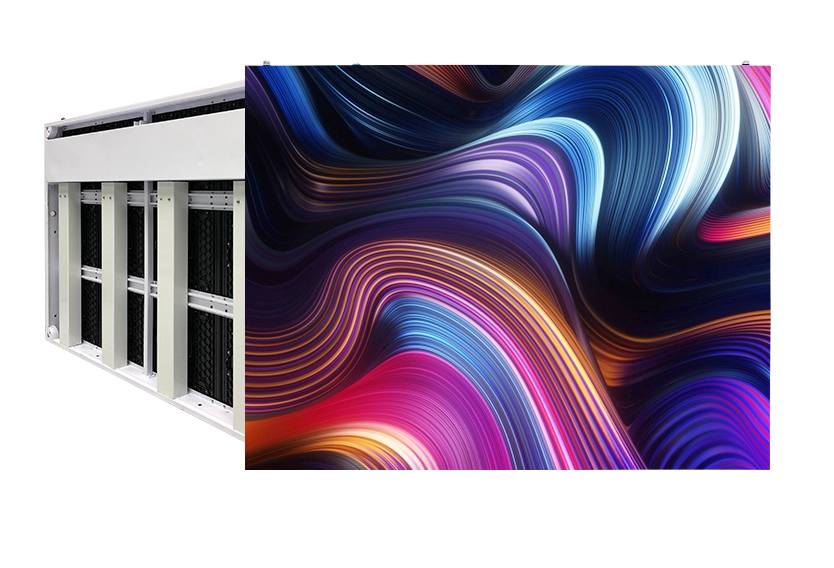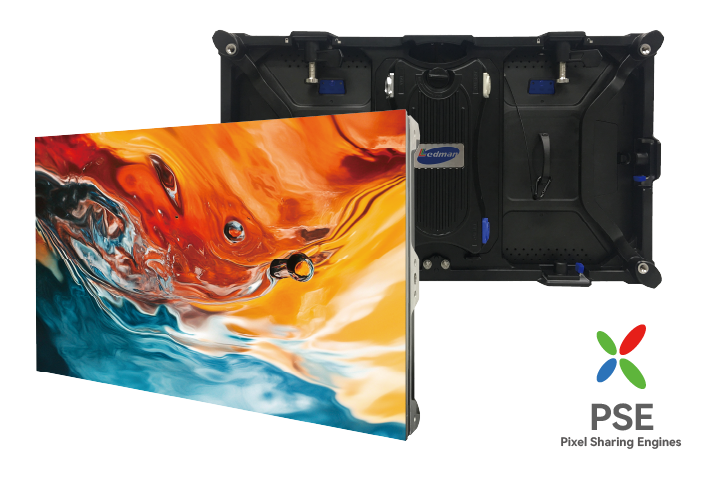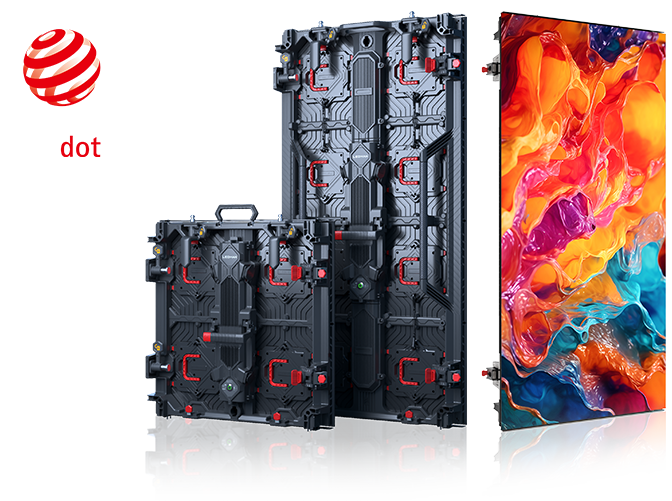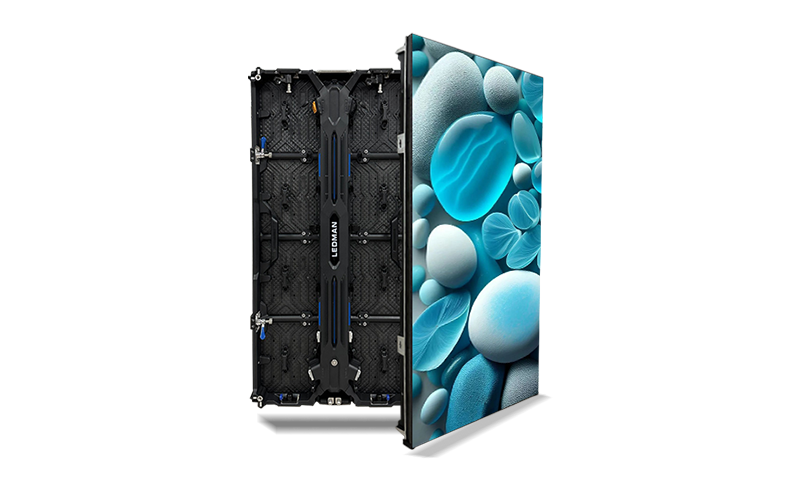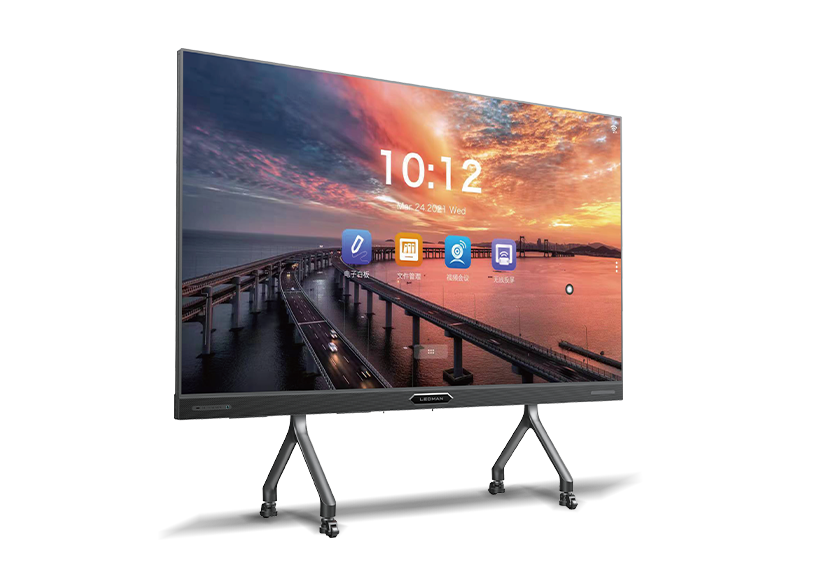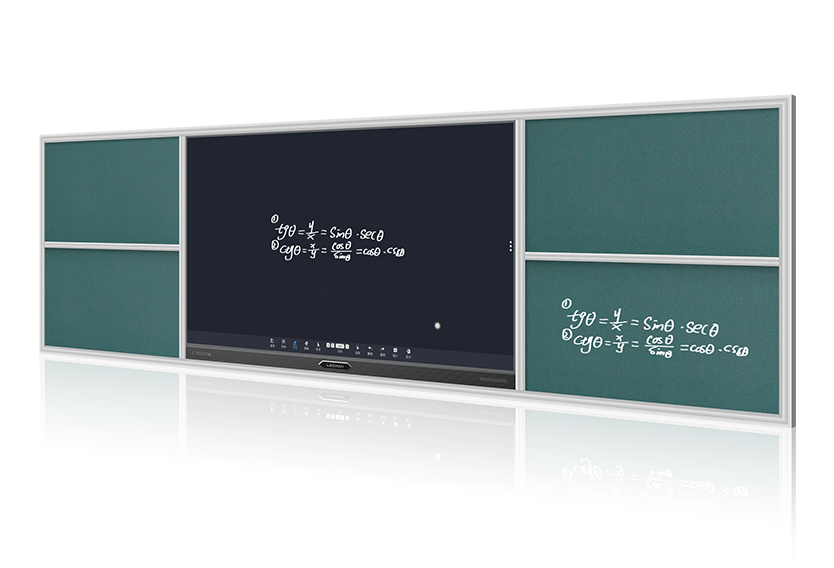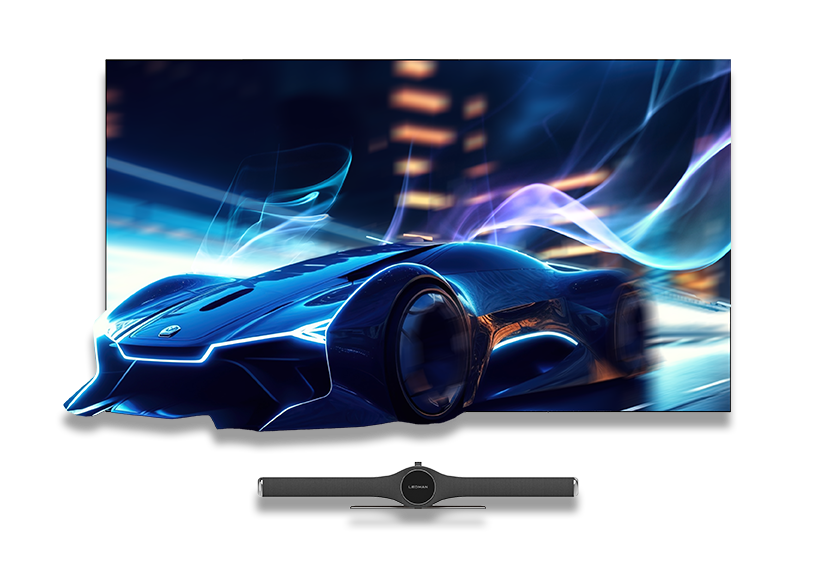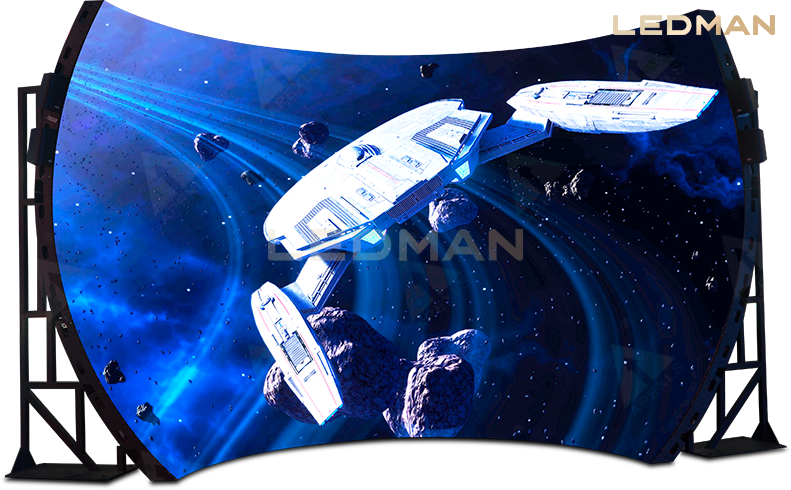LED-wall displays have become a popular option for digital signage. These displays give you a way to display digital content in a space that might not be able to accommodate a full-size display. With an LED wall display, you can place digital signage in hallways, lounges, and other areas where a full-size display would be too large to fit.
What is an LED Wall Display?
An LED wall display is digital signage that features LED panels mounted on a wall. Digital signage displays data and graphics usually supplied by a computer or a digital signage system. Some of the most popular types of content displayed using LED panels are advertisements, images, animations, news, weather, stocks, and more.
How Does an LED Wall Display Work?
LED displays work by directing a specific type called “white light” at a surface. White light is comprised of all the rainbow colors, minus the light blue and green. These colors are precisely what lightbulbs emit, but they don’t make up the visible light that we can see. Instead, the visible light that makes up the colors we see is made up of light blue and green.
LED displays are made to allow them to emit only the invisible light that we can’t see. This invisible light is what digital signage displays are made up of. At the same time, LEDs can let light into the room, so the rest of the room is still illuminated.
Characteristics of LED wall display
Widescreen – LED displays are designed to work with broad content, such as images and videos. A widescreen logo may indicate that the display can support all types of content designed to be shown on a screen that is 16:9.
Brightness – The brightness of the LED display screen refers to the luminous intensity per unit area of the display screen when the display screen is working normally, in cd/ m2 (that is, the luminous intensity of cd per square meter). The brighter the LED display, the brighter the image and the clearer it looks from a distance.Contrast ratio – The contrast ratio is a ratio that compares the difference in brightness between the dark areas of a display and the bright areas. The higher the ratio, the more enhanced the contrast of a display is.
Screen size – The screen size is measured in feet, usually the distance between the ends of the display. A few brands offer custom designs, but Lehman can provide you with any custom size..
Conclusion
As you can see, LED wall displays are great for putting digital signage in areas that would be difficult to fit a traditional sign. These displays are bright, highly versatile, and come with a massive range of options. They can be a great option for just about any digital signage purpose and are an excellent option for small spaces. You can contact us for the best-LED wall displays on the market.







